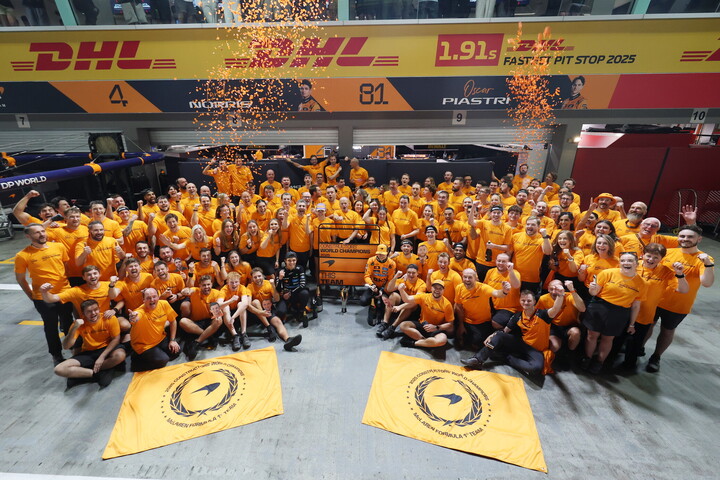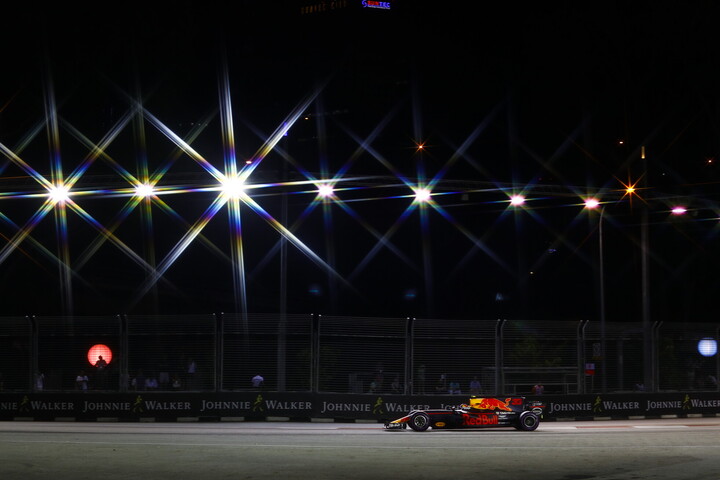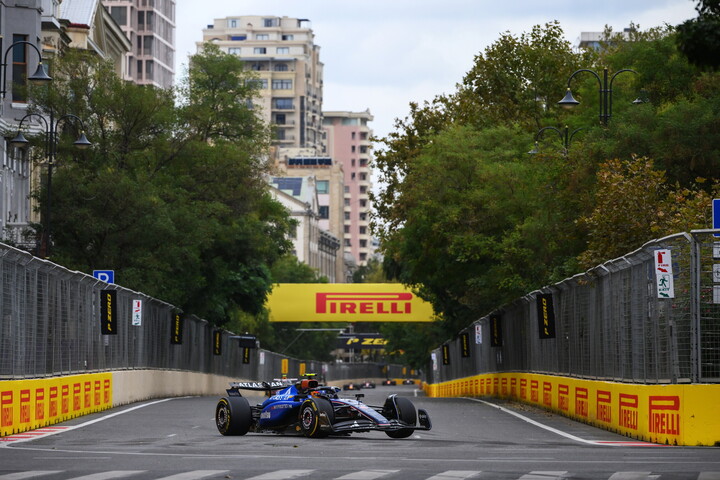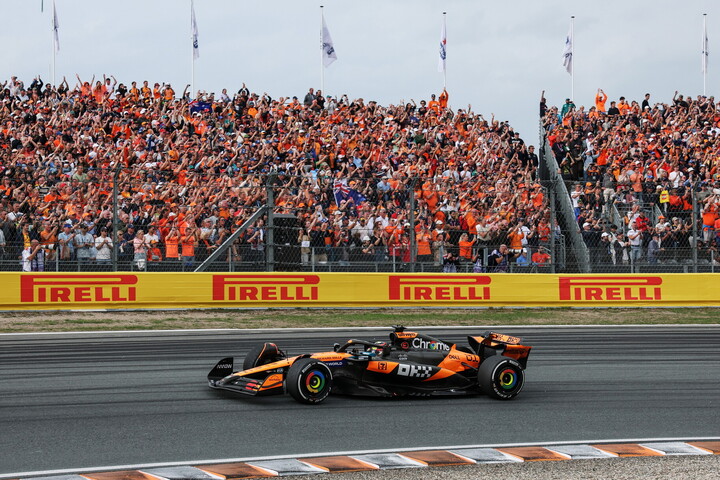All part of the show

The first third of the Miami Grand Prix was a real thriller as the four drivers who started from the front two rows of the grid – Verstappen, Norris, Antonelli and Piastri – went wheel to wheel in a series of no holds barred battles. Then, from lap 18 onwards, with the McLaren pair leading, things settled down, specifically at the front of the field. From then on, the dominance of the reigning world champions was overwhelming, as the McLarens demonstrated a technical superiority that exceeded anything they had shown so far this season. At the chequered flag, the gap to third placed George Russell in the Mercedes was a staggering 37”664 , which equates to an average of over six tenths of a second per lap.

It would be difficult to argue therefore that this race was one for the history books, even if it does deserve a footnote for being the 80th race to count towards the Drivers' Formula 1 World Championship to be held on American soil, putting the USA second on the all-time list of countries that have hosted the most Grands Prix from 1950 to the present day, a list headed by Italy on 107. Its historical importance is clear and, once again this year, the USA is hosting three Grands Prix, proving how increasingly influential the country is becoming in motor racing's blue riband category.

Miami 2025 will certainly be remembered for hosting the most entertaining Drivers' Parade, a crowd-pleasing feature at every round. Instead of the usual lap around the track on the back of a flatbed truck or in classic cars, the pairs of drivers from all ten teams shared the cockpits of pretty much life-sized replicas of their actual F1 cars, all built out of LEGO pieces, 400, 000 of them no less! Each car weighed a ton, with another 500 kilos in the steel chassis, along with the propulsion and braking systems. Naturally, they were all running on Pirelli tyres! Even though the cars had a top speed of only 20 km/h, racers will be racers and there was plenty of wheel to wheel action, some chicane cutting and even a few harmless collisions – a bunch of kids having fun, without having to worry about track limits for once, or adhering to a racing line.

“It was the most fun drivers parade we've ever done,” commented Lewis Hamilton. “There were a few dirty moves from this guy (Gasly)! It was really fun.” “They'll have to clean the track, there's a load of LEGO pieces on it,” joked Max Verstappen. “It's definitely a bit different to usual, that's for sure!”

The drivers' comments were published in the New York Times, with the article about the Drivers' Parade staying on its home page for two days. Proof of the success of this idea, which Formula 1 organised with LEGO, not just in the United States but on a global level. This sport is increasingly introducing other forms of entertainment around its core topic, motor racing, turning every Grand Prix into a sort of Super Bowl. In fact, that was Liberty Media's stated aim when it took over the running of Formula 1 at the start of 2017. At the time, this philosophy met with scepticism, especially from within the sport and its more hidebound commentators. “You'll never get all the teams to agree on doing things together,” was the most commonly heard refrain. And yet, here we are nine years later, racing LEGO cars on track, everyone aware of the value of contributing to the show, as in the end, everyone involved benefits in some way or other.




